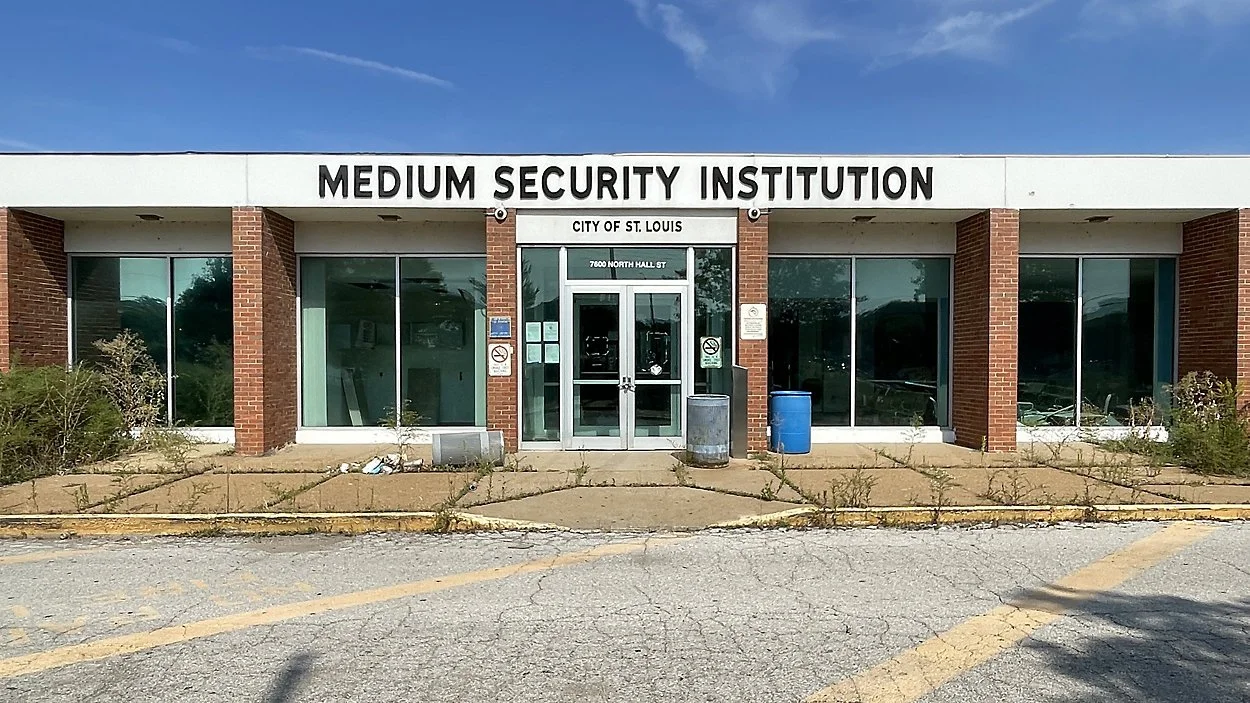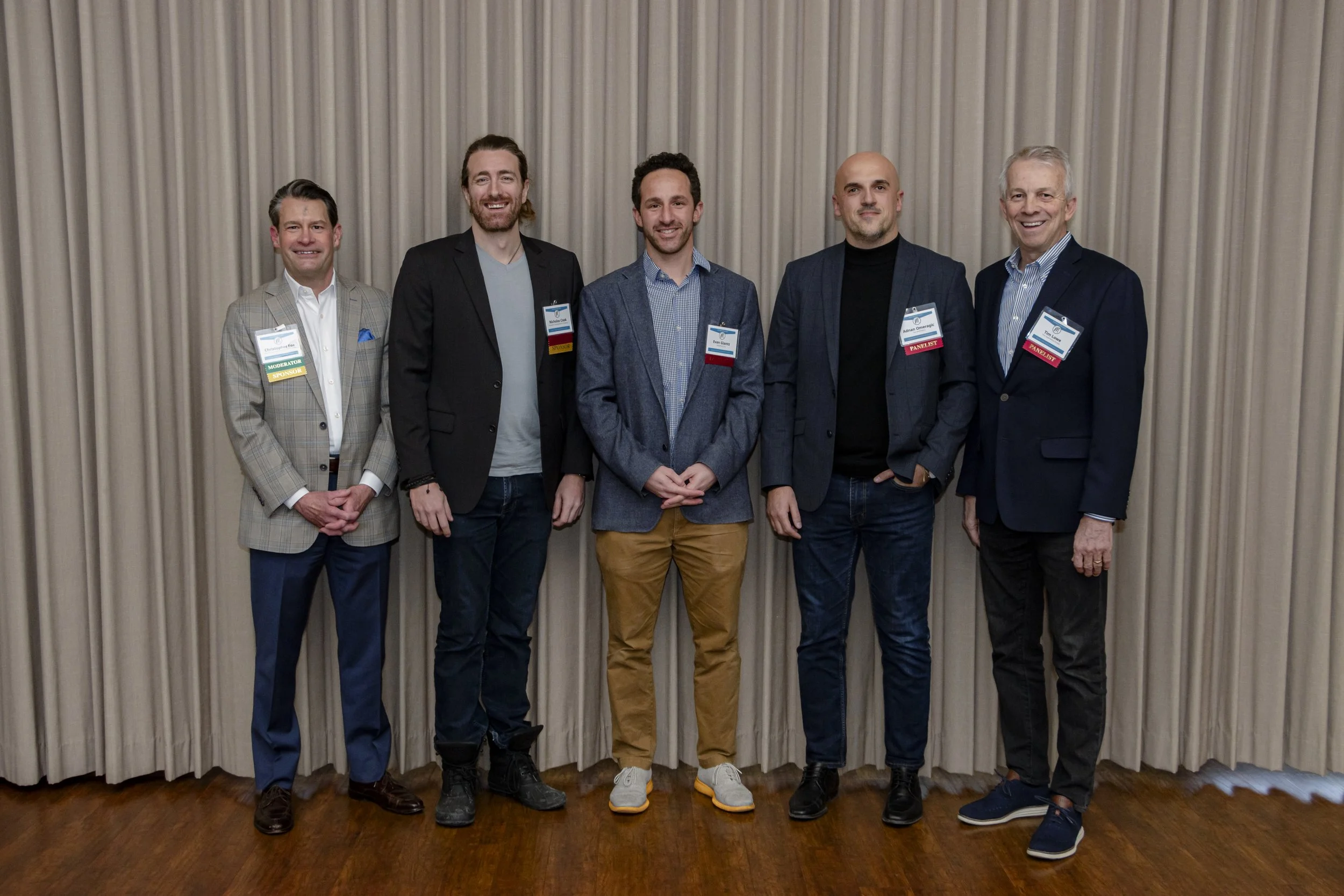Subtext, a national real estate company dedicated to enhancing the resident experience, and Brinkmann Contractors, a national design/build construction management company, recently marked the beginning of vertical construction for LOCAL on Delmar, a five-story multifamily development in University City. A groundbreaking event was held at 6650 Delmar Blvd., drawing key community leaders and project stakeholders, including University City Mayor Terry Crow.
Designed to address the growing demand for housing in the area, LOCAL on Delmar will introduce 259 residential units, ranging from studios to three-bedroom apartments, with townhomes that open onto Delmar Blvd. The development spans 398,225 SF and will include a five-story parking garage with 399 spaces, along with 7,100 SF of street-level retail space to enhance the vibrancy of the Delmar Loop.
Construction began in September 2024, with completion expected by summer 2026. The project is positioned to integrate seamlessly with the surrounding community, catering to residents, students, and professionals with its modern design and proximity to Washington University, Downtown Clayton, and Forest Park. The inclusion of preserved art and architectural elements further connects the project to the area's cultural heritage.
Above: A street view rendering of LOCAL on Delmar mixed-use development under construction in University City, Mo. Image courtesy of Subtext
Residents will have access to 12,000 SF of shared amenities designed to support a balanced lifestyle. Features include a club room with entertainment spaces, a work-from-home hub with private and collaborative areas, a wellness suite with meditation and sauna rooms, a gym with indoor and outdoor fitness options, a yoga studio, and a pool terrace with grilling stations, cabanas, and fire pits.
LOCAL on Delmar represents a significant investment in University City, reinforcing efforts to foster sustainable growth and enhance quality of life. With its prime location at the intersection of Delmar Blvd. and Leland Ave., the development is expected to contribute to the ongoing revitalization of the Delmar Loop while providing much-needed housing options for the community.
Brinkmann Constructors is the general contractor, and ESG Architecture & Design is leading the design efforts. Regional financial and engineering firms are additional partners contributing to the project's execution.
LOCAL on Delmar marks Subtext's second major development in St. Louis, following the successful completion of VERVE St. Louis near Saint Louis University in 2021. The company remains committed to delivering thoughtfully designed residential projects that elevate the living experience for their residents.
Header image: The recent groundbreaking ceremony for the mixed-use development LOCAL on Delmar held at 6650 Delmar Blvd. in University City. Photo Credit: Mark Wiemers







